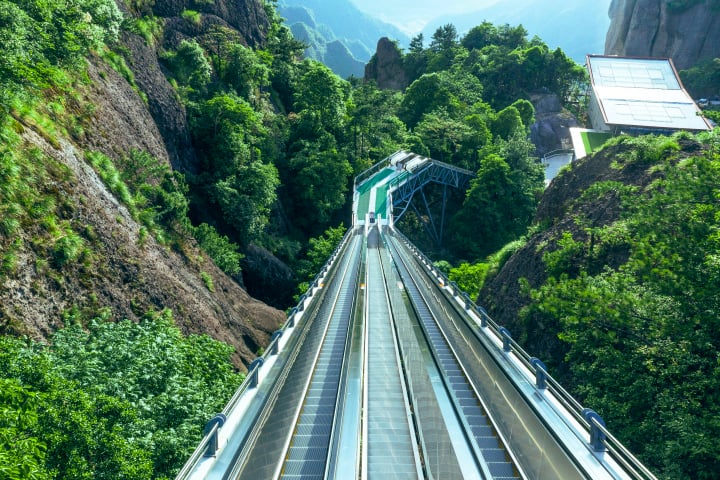In Southern France, the medieval art of jousting is still practiced by modern knights, only with a big twist – they use no horses and face each other on water The sport is officially called Water Jousting or Marine Jousting and although the practice can be traced back to the ancient Egyptian civilization (as far back as 2300 BC), the French have embraced it as their own since the Middle Ages. Back then, water jousting tournaments were staged for a royal audience at local festivals. The sport is still taken seriously today, and is played on rivers and canals all over France.
The jousters fight as they balance themselves on long wooden boats, powered by 8 to 10 rowers and a helmsman. A wooden platform, called tintaine, extends off the boat about three meters above the water. The jousters stand on this platform at the back of the boat, while carrying a 28-inch wooden shield and a 9-foot lance. The liveries worn by the rival boats and teams are always red and blue – blue for bachelors and red for the married. At the stern of each bark, an oboist and a drummer sporting flat-brimmed straw hats play medieval tunes that help the oarsmen stay synchronized.




















